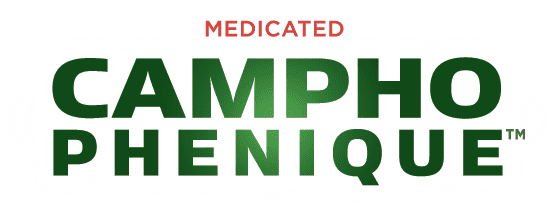Well, you’ve gotten a cold sore. It’s right there in the corner of your mouth slightly on your lip, slightly on your face. To you, it’s the size of a minivan, and of course you’ve got a huge presentation to give to a room full of people in less than a week. You’re only thinking two things as you glare at this intruder on your face in the mirror, How did this thing get there and how do I make it disappear?
Becoming susceptible to cold sores
Cold sores don’t just happen, you have to catch them from someone else, and it’s not as simple as kissing someone who already has a cold sore on their face (although it’s a good idea to avoid doing that,) cold sores are sneaky. In order for an outbreak to occur, you have to catch Herpes Simplex Virus Type 1 from someone carrying the virus (they might not even know they have it.) The virus spreads through small cuts on your lips or the skin in and around your mouth. Once contracted, you may experience symptoms of feeling ill, but no cold sores.
At this point, the virus goes dormant and you’re just a carrier, cold sore free. Until…
Stage 1: Cold sore lets me know it’s coming
Cold sores don’t like being discreet about their arrival. They don’t want to surprise you. Usually appearing during a time of bodily stress whether it be from being ill or from life itself, cold sores announce they’re coming through a tingling, burning, pain, or itching somewhere near or on your lips. This is the cold sore telling you that’s where they’re going to show up. It’s their warning that the Herpes virus is no longer dormant and a new phase is about to start. This generally takes place 24 hours before blisters erupt.
Stage 2: Arrival
Next, a fluid-filled blister or cluster of blisters appear. They’re not pretty, but they don’t stay long. Essentially, a cold sore is a red-trimmed, fluid-filled blister.
Stage 3: Bursting
Eventually, like all blisters, they will pop. You may experience additional pain and burning at the time of a blister popping.
Stage 4: Drying Out
After bursting the blister will scab over and begin to dry out.
Stage 5: Healing
Finally, the scab flakes off and the cold sore begins to heal. This whole process can take up to two weeks, but it can be longer if the cold sore becomes infected.
What Now?
The cold sore may be gone, and you are back to normal feeling like people are looking at you instead of that red bump on your lip, but unfortunately, it’s not gone for good. Once you’ve contracted the Herpes virus and experienced a cold sore, they may keep coming back. Recurrences can be lessened with some simple steps which include minimizing stress, keeping your face protected with sunscreen and lip balm, and avoiding certain objects used by someone who currently has a cold sore of their own.
Treatment to ensure a successful conclusion
If you’re one of the many out there who are prone to cold sores, it’s best to keep something handy that can help treat symptoms and promote healing, by drying out the cold sore without causing cracking and by preventing infections. Keeping Campho-Phenique® Cold Sore Treatment in your medicine cabinet is a smart move so you can tackle cold sores when they first appear. Ingredients in Campho-Phenique can temporarily ease the pain and discomfort you experience at the early stages of cold sores, while an antiseptic works to prevent spreading the infections which may slow down the healing process. Learn more about how Campho-Phenique® Cold Sore Treatment can help you deal with troubling cold sores.

